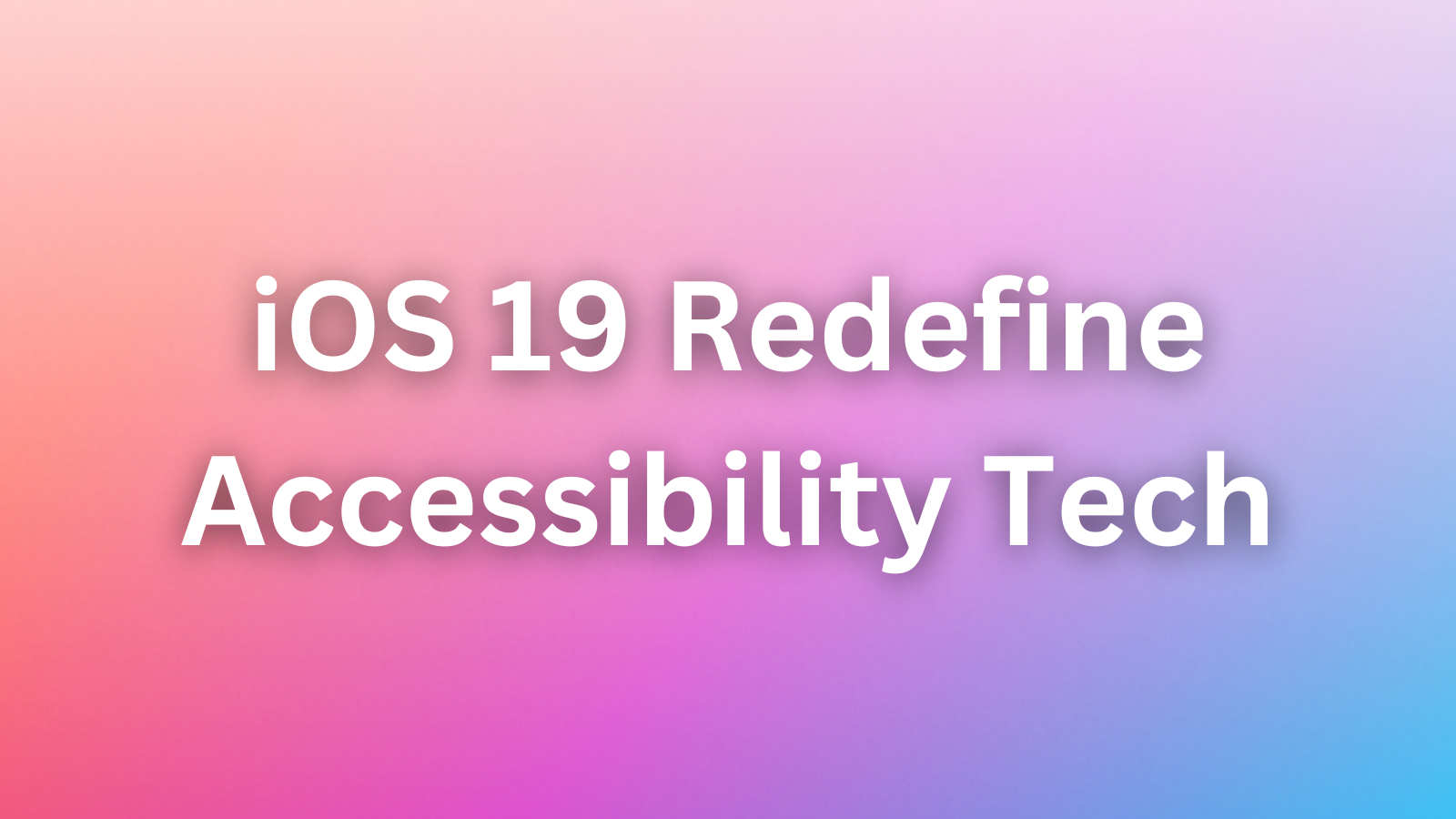Is the iPhone 17 Air Just Another Safe Bet in Apple’s Playbook?

Apple iPhone 17 Air: Thin Design, Thin Innovation?
Apple’s iPhone 17 Air is generating buzz for its sleek 5.6mm profile and upgraded specs. But beneath the hype lies a familiar pattern: incremental updates and a reluctance to lead. With competitors already dominating the "thin phone" space, is Apple playing it safe yet again? Let’s dive in.
📱 The Problem: Playing Catch-Up in a Slim World
The iPhone 17 Air’s hardware tweaks are solid—but far from revolutionary:
- 12GB RAM Boost: Analyst Ming-Chi Kuo confirms a jump from 8GB to 12GB, enabling better Apple AI performance (though the base iPhone 17 gets this too).
- A19 Chip: The Air uses the base A19 chip, positioning it as a form-factor alternative to the iPhone 16 Plus—not a performance leader.
- Camera Compromise: A 5.6mm body sounds impressive, but the protruding camera bar adds bulk, undermining the "slim" aesthetic.
- Late to the Party: Rivals like Tecno’s Spark Slim (5.75mm) and Samsung’s Galaxy S25 Edge already offer comparable thinness.
✅ Apple’s "Solution": Ecosystem Lock-In Over Innovation
Apple’s strategy relies on loyalty, not breakthroughs:
- ✅ Captive Audience: iOS users invested in iMessage, FaceTime, or Apple Watch won’t switch to Android alternatives like Oppo’s Find N5 (8.93mm).
- ✅ Incremental Upgrades: The Air’s RAM boost and A19 chip cater to existing users wanting a thinner iPhone—not Android converts.
- ✅ Brand Halo: The "Air" branding borrows credibility from the MacBook Air, suggesting premium portability.

⚠️ Challenges: A Crowded Market & Stagnant Vision
Apple faces hurdles in positioning the Air as a must-have:
- 🚧 Foldables Rising: Samsung’s Galaxy Z Fold 6 Special Edition proves thin designs can coexist with cutting-edge folding tech—a category Apple still avoids.
- 🚧 Legacy Competition: Oppo’s 2014 R5 (4.85mm) shows ultra-thin phones aren’t new—Apple’s 2025 entry feels reactive, not visionary.
- 🚧 Ecosystem Fatigue: Without bold hardware risks, Apple risks alienating power users seeking more than iterative updates.
📉 Final Thoughts: Will Safety Pay Off?
The iPhone 17 Air will sell—but it won’t redefine the market. Success hinges on:
- ✅ Ecosystem Stickiness: Loyal Apple users craving a thinner iPhone will upgrade, ensuring solid sales.
- 📉 Missed Opportunities: Avoiding foldables, AI-first designs, or radical materials keeps Apple in the innovation shadows.
- 🚀 The Road Ahead: To lead, Apple must pair its industrial design prowess with risks—like ditching the camera bump or embracing new form factors.
What do you think? Is "thin enough" enough for Apple in 2025—or should they dare to disrupt?
Let us know on X (Former Twitter)
Sources: Ewan Spence. Apple’s iPhone 17 Air Refuses To Take Risks, April 26, 2025. https://www.forbes.com/sites/ewanspence/2025/04/26/apple-iphone-17-air-leaks-design-specs-dimensions-thin-new-iphone-slim/










